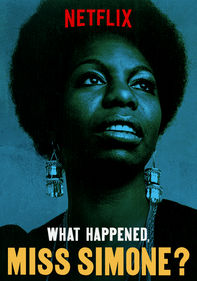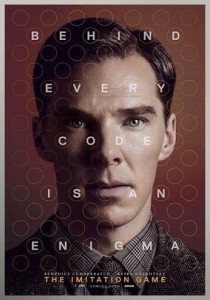Spotlight-2015
Director Thomas McCarthy
Starring Michael Keaton, Mark Ruffalo, Rachel McAdams
Scott’s Review #294

Reviewed December 9, 2015
Grade: B+
Spotlight (2015) is a film with an important story to tell.
A telling of true events that occurred within the Catholic Archdiocese for ages, Spotlight’s focus is specifically on the Boston scandals, as a team of reporters working for the Boston Globe uncovered and exposed a multitude of child molestation cases committed by priests.
They were subsequently covered up, leaving victims paid off to keep quiet. The number of proven cases in Boston alone is staggering.
Starring are a plethora of talents including Michael Keaton, Mark Ruffalo, and Rachel McAdams, who lead the pack.
They make up the “Spotlight” team at the newspaper, an investigative unit that works on special stories as they arise.
Their new boss, Marty Baron (ironically a Jewish man), played compellingly by Liev Schrieber, takes over as head of the department. He quizzically asks why the story is not already a priority. Suddenly it is a hot-burner issue and the film delves into an investigation to uncover the facts.
Spotlight is a minimalist film. There is nothing cinematically unique or razzle-dazzle about it, but somehow that is okay.
In some aspects, the film reminds me of the 1975 thriller All The Presidents Men, starring Dustin Hoffman.
For instance, the bleak, bare news rooms-sterile in their look, are similar- cubicle after cubicle, harsh lighting, and generic conference rooms.
This is the filmmaker’s intent.
Also, the fast, energetic pacing, successfully emitting the tight deadlines newspaper folks face, transfers perfectly on film.
The sexual abuse scandal is a cold, harsh reality and the film introduces several victims, who, now as adults, are forever scarred. Some attend support groups, some take drugs, one is sadly not “all there”. Another, now a gay man, was singled out by a priest during a vulnerable period in the then-young boy’s, life.
It is a heartbreaking reality that many victims in the film are based on real cases.
Let’s focus on Schrieber’s character for a minute. He gives such an understated yet compelling performance there is a risk it will wind up being overlooked. He calmly, yet passionately initiates the case. It is not a showy performance and subdued but a compelling one if enough attention is paid to it. He is a standout.
Unfortunately, the film does not delve much into the defense (if any) of the Catholic church. Did they do anything but deny the allegations? Why were the victims paid off? Not much is noted from the church’s point of view.
In real life, the Catholic church did hide the abuse that transpired for decades.
A slight negative is that the film does not delve into the characters’ personal lives.
Michael Keaton’s character, Robby Robinson, is arguably the lead character, spearheading the case, though very little is known about him.
Is he married? happily? Yes, he is a workaholic, but what else?
Ruffalo’s Michael Rezendes is separated from his wife, but little is known to the reasons.
Finally, McAdam’s Sacha is probably the most fleshed-out. She is happily married, close with her religious grandmother, and hurt by the scandal. But we do not know her in-depth either.
I found myself wanting to know more about these people.
All in all, Spotlight (2015) is a superior film deserving of the recognition it is receiving. Intense, gritty, and filled with honesty, it is a story that needed to be told and has been told well.
Oscar Nominations: 2 wins-Best Picture (won), Best Director-Tom McCarthy, Best Supporting Actor-Mark Ruffalo, Best Supporting Actress-Rachel McAdams, Best Original Screenplay (won), Best Film Editing
Independent Spirit Award Nominations: 5 wins-Best Feature (won), Best Director-Tom McCarthy (won), Best Screenplay (won), Best Editing (won), Robert Altman Award (won)
























